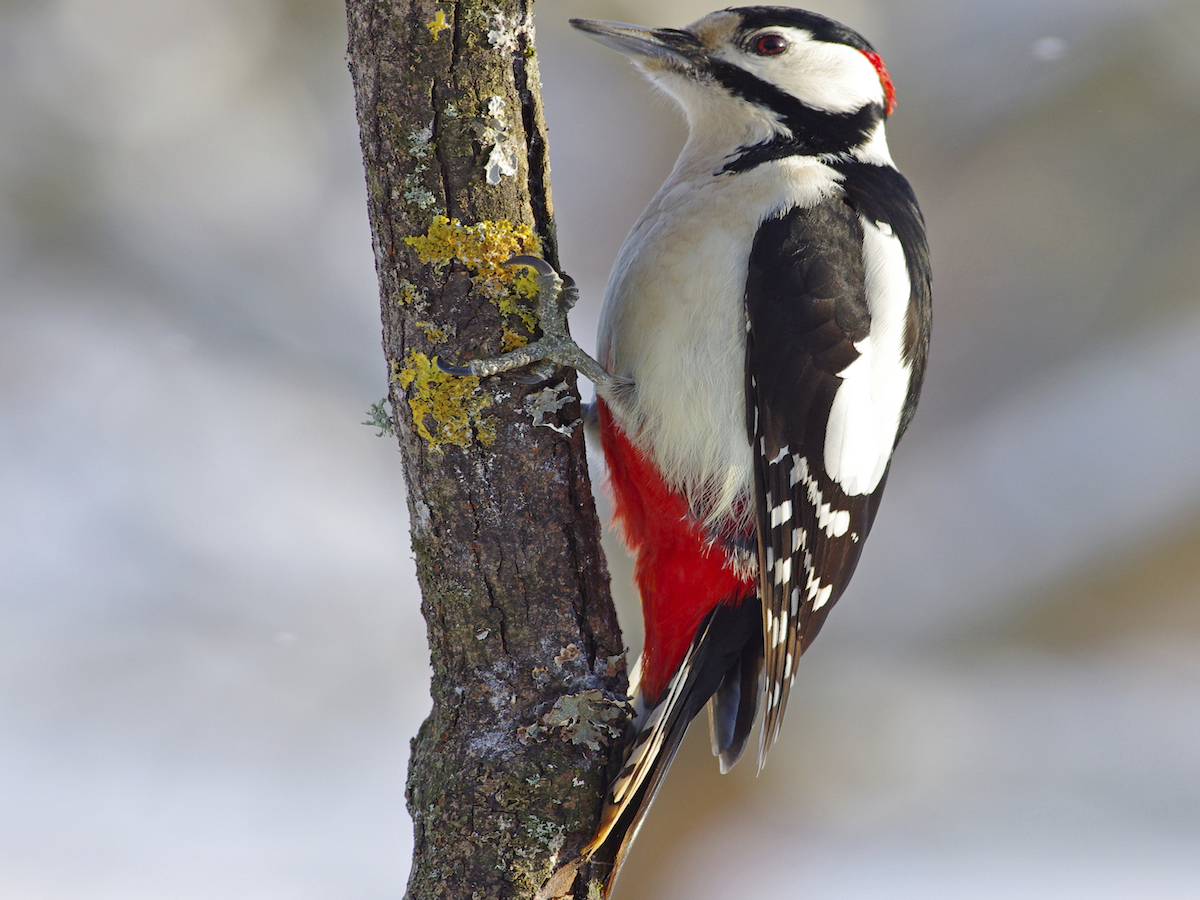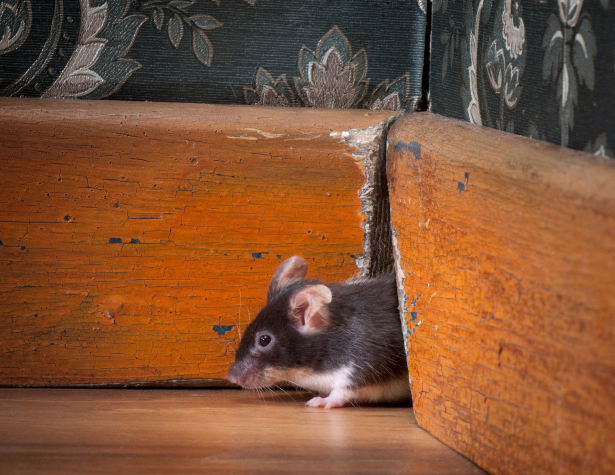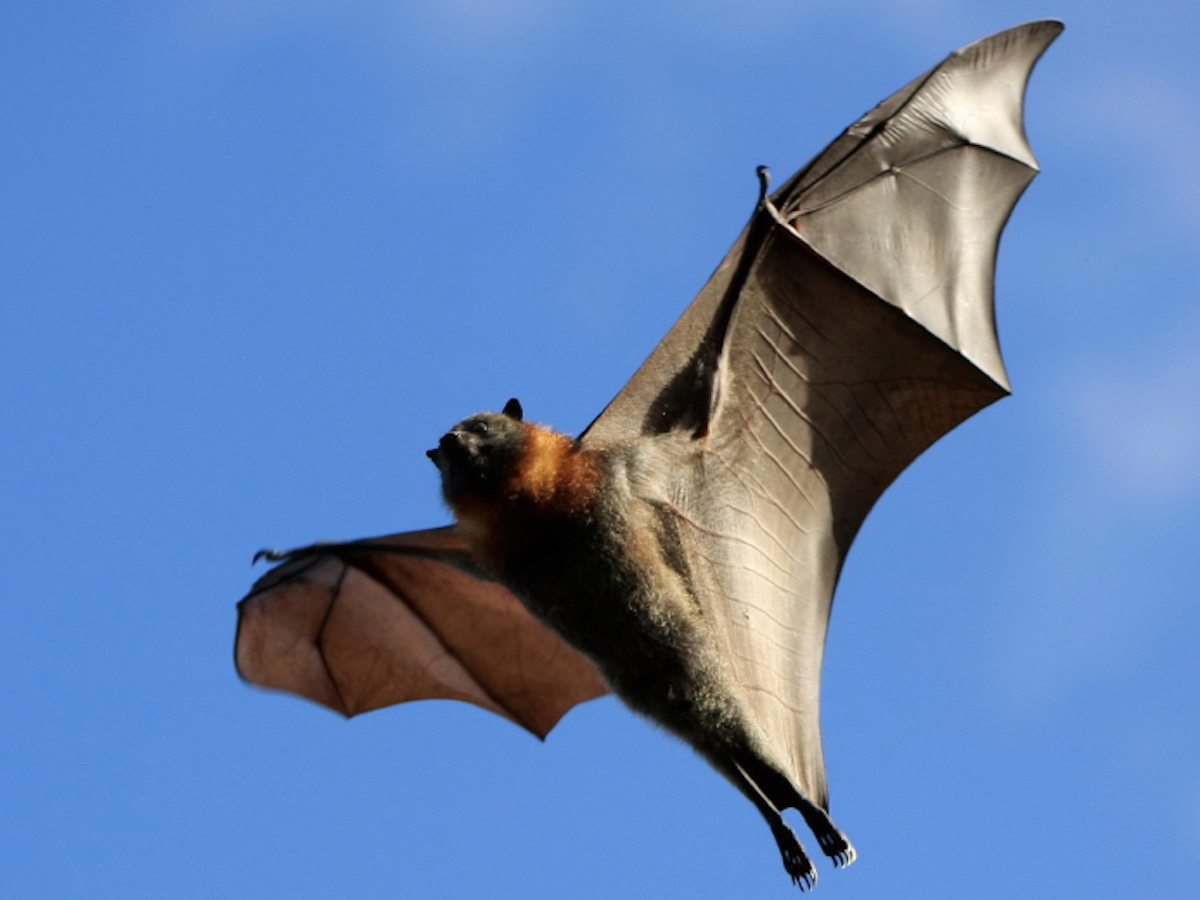Woodpeckers Woodpeckers

Woodpecker Identification
Color: Varies by species but most species' males have some red on the head and most have various patters of black and white bodies.
Size: 7-15” in length
Legs: Two
Antennae: No
Shape: Bird-like
Region: Found throughout the U.S.
What is a Woodpecker?
The woodpecker is a type of bird that gets its common name from its habit of routinely pecking wood for food, shelter and attracting mates. Woodpeckers are considered a nuisance or damaging pest when they attack wood structures. However, woodpeckers are federally protected, so any prevention or woodpecker control/management is subject to compliance with federal law. Please keep this in mind when considering how to get rid of woodpeckers. There are 22 species of woodpeckers found in Canada, the United States and Mexico.
What Do Woodpeckers Look Like?
Depending on the species, adult woodpeckers are about six to 18 inches long. Color varies greatly between species, but most males have some red on their heads, and many species have black and white marks. Woodpeckers have stout bills that are sharply pointed, almost chisel-like. Their tail feathers are stiff and spiny and are used as a support prop. Woodpeckers have two short legs, each with two sharp-clawed backward-pointed-toes.
For drumming purposes, woodpeckers prefer substrates that resonate loudly, such as gutters, vents, metal siding, drain pipes, chimney caps, roof vents, and more. Drumming may be done several times each day and can continue for several days or weeks, resulting in possible damage to the surface used, not to mention an annoying racket.
Woodpeckers will attack the wood of a structure especially if it is infested with insects. The acorn woodpecker, which occurs in the western and southwestern states, drills a series of closely spaced holes just large enough to store one acorn in each. Sometimes wood is also pecked and explored as a possible nesting site, with cedar and redwood siding being preferred. Serious damage is more likely to occur to summer or vacation homes that are often vacant, since the attack can persist for long periods of time before being discovered.
Female downy woodpeckers lay 4-5 white eggs, with an incubation period of 12 days. The young hatch helpless and are dependent on parental care. Young birds leave the nest in about 12 days. There are about 1-2 broods per year. Both downy and hairy woodpeckers primarily feed on a variety of insects including wood-boring beetles. Male downy woodpeckers drum to announce their territory and attract a mate during breeding season.
Female hairy woodpeckers lay 4-6 white eggs, with an incubation period of 11-12 days. Similar to downy woodpeckers, the young hatch helpless and are dependent on parental care, yet on average it takes them roughly 28-30 days to leave the nest. There is only one brood per year.
Female pileated woodpeckers lay 3-5 white eggs, with a longer incubation period of about 15-16 days. The young also hatch helpless and are dependent on parental care but take over 28 days to leave the nest. Similar to hairy woodpeckers, there is only one brood per year. Pileated woodpeckers feed on carpenter ants, especially during the winter. Their diet also consists of beetles and other insects, seeds and suet mixes. Unmated male pileated woodpeckers drum to attract a mate. Drumming can also be done between mated pairs as part of the courtship.
Female red-bellied woodpeckers lay 3-8 white eggs, with an incubation period of 12-14 days. Similar to hairy woodpeckers, the young hatch helpless and are dependent on parental care. They leave the nest in roughly 25-30 days. Red-bellied woodpeckers, however, are known to have between 2-3 broods per year. They feed on wood-boring beetles, grasshoppers and ants but also eat fruit, berries, acorns, beechnuts and seeds. Male and female red-bellied woodpeckers mutually drum in 1-second bursts as a part of courtship, usually with one inside a potential nest hole and the other on the outside. They also habitually store food by wedging it deeply in crevices.
Downy woodpeckers are typically found in woods, wood lots, parks, gardens, farms, suburbs, and frequent suet feeders in winter. They excavate a nest cavity in dead wood and rarely accept a nest box. Hairy woodpeckers are similar to downy woodpeckers except they prefer deciduous/hardwood forests in addition to the other habitats mentioned.
Pileated woodpeckers are typically found in mature forests and along their borders, as well as in the suburbs, with a territory size of up to 150-200 acres. They excavate a nest cavity in dead wood about 15-70 feet off the ground. The entrance hole is about three and a half inches in diameter, with a cavity roughly 10-24 inches deep. Feeding holes are squarish, about 3-6 inches in size, but pileated woodpeckers occasionally may excavate a long gash when pursuing ants.
Red-bellied woodpeckers are found in woodlands, parks and the suburbs. They excavate a nest cavity in a living tree or one which recently died, but they will also use an abandoned hole in an old stump, fence post, or utility pole, as well as a bird house.
Woodpeckers occasionally achieve nuisance pest status because of their drumming or attacking wooden structures.
Woodpeckers are protected by the Federal Migratory Bird Treaty Act as migratory, nongame birds. Some species are also protected by state laws. Furthermore, two woodpecker species – the red-cockaded woodpecker and the ivory-billed woodpecker – are on the Endangered Species list.
Because woodpeckers can be very persistent and are not easily driven from selected pecking sites, any woodpecker control effort should be started as soon as the problem begins. To prevent further damage to wood beneath the eaves, a professional can install plastic bird netting from the gutter angled back to the siding below the damaged area. Metal sheeting like aluminum painted to match the siding can also be installed over the area being attacked.
Permits are required for the use of traps, so it’s advised to contact a licensed pest control professional if a woodpecker issue is suspected. A professional will ensure all woodpecker management methods of control are compliant with federal law.



